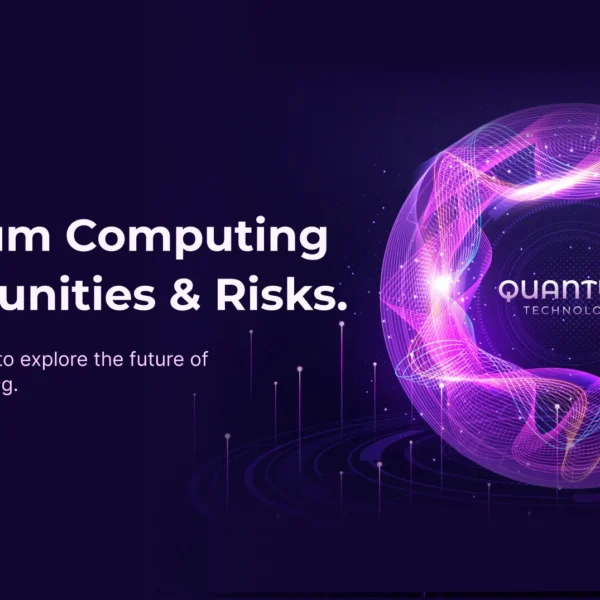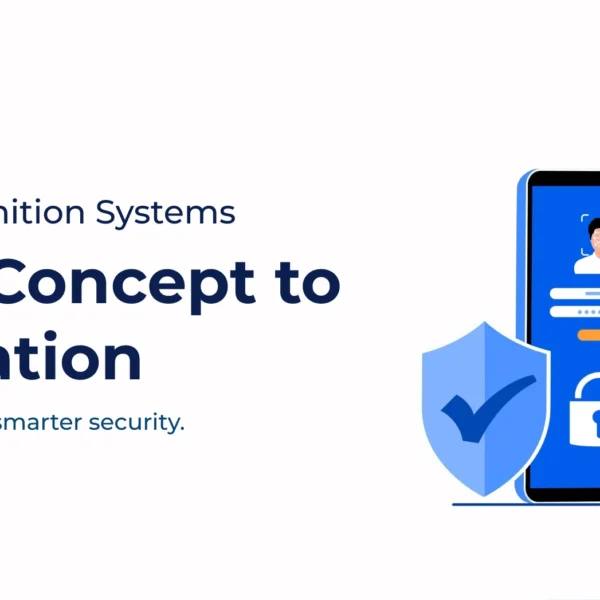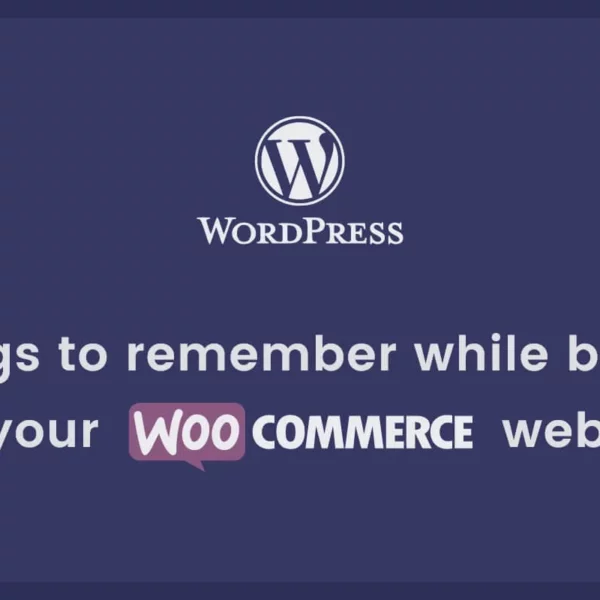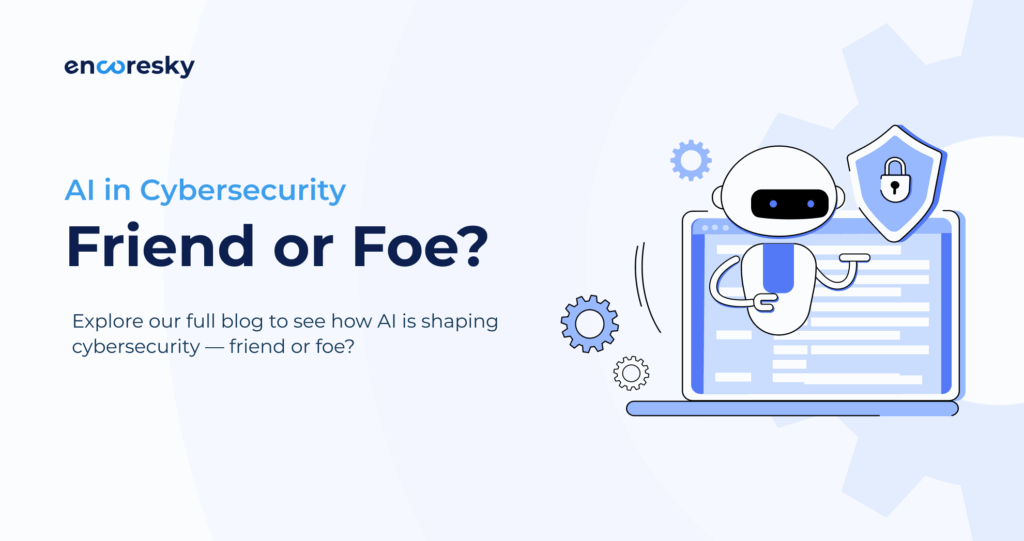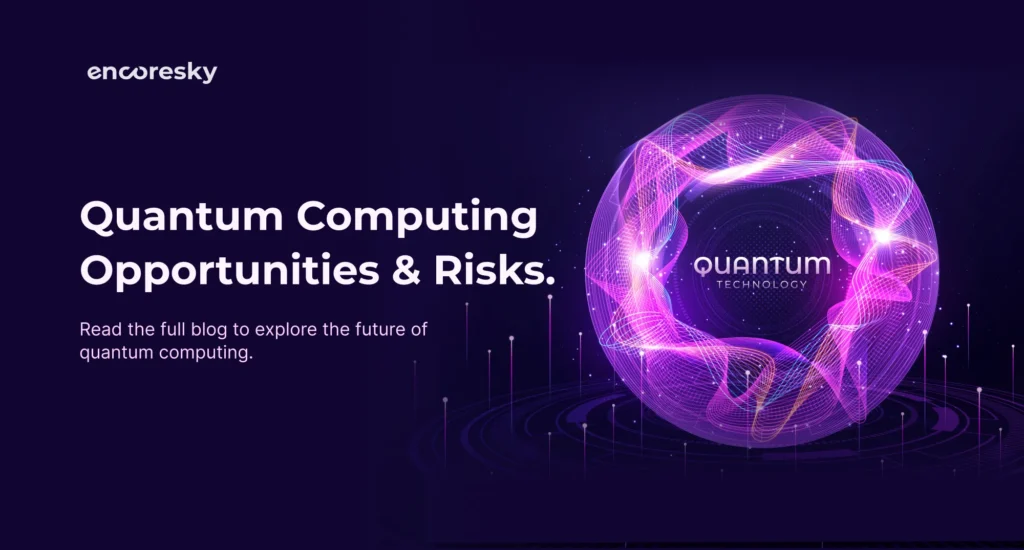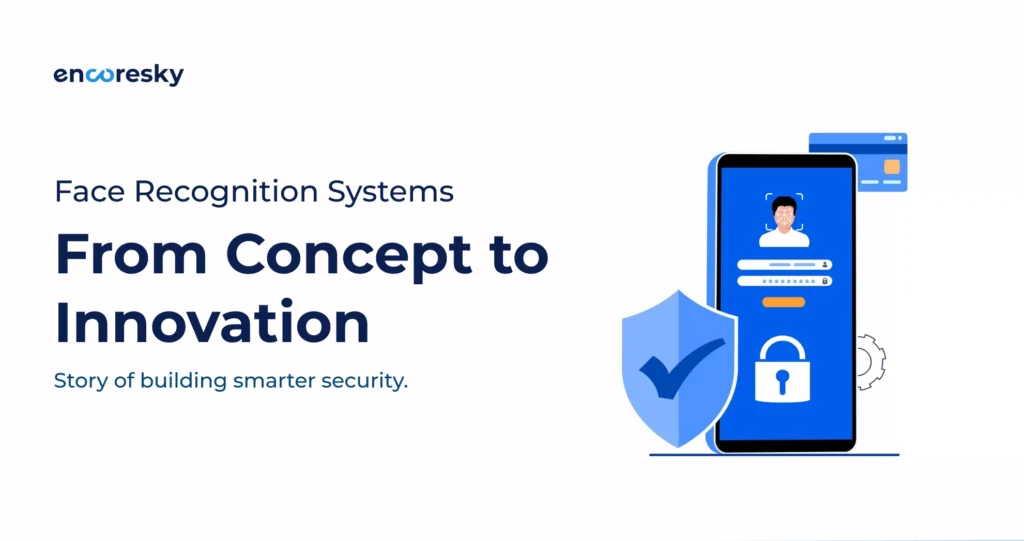The principle behind the development of Web 3.0 is to facilitate speedy, efficient and easy searches on the Internet which would process within seconds.
In Web 2.0 the interaction used to take place with the frontend followed by communication to the backend and finally the information was transferred to the database. The host of the entire code takes place on centralized servers and is received by users via an Internet browser.
Web 3.0 is devoid of both centralized web servers and centralized databases for storing the state of the application and the backend logic. Instead of building apps, there is a blockchain on a decentralized state machine.
Maintenance
The maintenance is taken care of by anonymous nodes present on the web. Smart contracts consist of the logic of the defined applications which is curated by the developers. The deployment is further done onto the decentralized state machine
Web 3.0 is also recognized as the third iteration of the digital world which facilitates the interconnection of data. It would function in a decentralized way for delivering a more personalized as well as speedy user experience.
The information is kept safe and secure in web 3.0 by using blockchain security systems, artificial intelligence, semantic web as well as machine learning. Some of the main characteristics of web 3.0 include incredible user utility, decentralization and openness.
How different is Web 3.0 from Web 1.0 and Web 2.0?
- Web 1.0 can only be used to read the given information on a particular website.
- Web 2.0 is regarded as both read and write web. Users are free to write and read content on different applications and websites.
- Web 3.0 is made using artificial intelligence. Apart from reading and writing, it could be used for interaction. The users can interact, read, write content including dynamic 3D graphics on many websites and apps
What are the main features of Web 3.0?
The main features of Web 3.0 are enumerated below:-
1. Open: As the word suggests, it is made with the help of open-source software. The development of it took place by a wide, available and open community of skilled developers.
2. Ubiquitous: This would promote the access and availability of the internet across the world irrespective of location and time.
3. Interaction: The users are free to interact both privately and publicly without the intervention of any third person or intermediary interrupting them.
4. Permissionless: Anyone, including users and providers, can engage without the need for permission from a controlling organization.
How is Web 3.0 made?
Web 3.0 is made keeping in mind different important factors such as:-
1. Edge Computing
The modification of technology related to currently commoditized personal computers was done in Web 2.0 in data centres. The data centre is moved out to the edge because of the major shift to Web 3.0.
A series of advanced level computer resources are distributed amongst sensors, cars, laptops, phones and appliances complement data centres. This promotes consumption and production of 160 times more data in the year 2025 in comparison to 2010.
2. Blockchain
Blockchain is the other element of the technology behind the creation of Web 3.0. Moreover, it is regarded as the primary foundation of it. Since it gives a new definition to the data structures of the semantic web.
Blockchain is classified as a decentralized machine renowned for the deployment of intelligent contracts. Such smart contracts are brief about the logic of the particular application for Web 3.0.
3. Decentralized Data Network
Numerous data generators for trading or selling data are enabled by decentralized data networks without losing hold of ownership, being dependent on intermediaries, risking your privacy.
Hence, a huge list of many data providers is on the list for the growth of the data economy. Data is decentralized in Web 3.0 which means users have to have ownership of their data that will complement the cookieless world.
4. Artificial Intelligence & Machine Learning
The algorithms and functions of both machines learning along with artificial intelligence have become advanced to make them more valuable. It gives access to sufficient data which is required by most technicians.
How does Web 3.0 work?
What are the prime elements in the architecture making up Web 3.0?
The principle behind the development of Web 3.0 is to facilitate speedy, efficient and easy searches on the Internet which would process within seconds.
In Web 2.0 the interaction used to take place with the frontend followed by communication to the backend and finally the information was transferred to the database. The host of the entire code takes place on centralized servers and is received by users via an Internet browser.
Web 3.0 is devoid of both centralized web servers and centralized databases for storing the state of the application and the backend logic. Instead of building apps, there is a blockchain on a decentralized state machine.
Web 3.0 Maintenance
The maintenance is taken care of by anonymous nodes present on the web. Smart contracts consist of the logic of the defined applications which is curated by the developers. The deployment is further done onto the decentralized state machine.
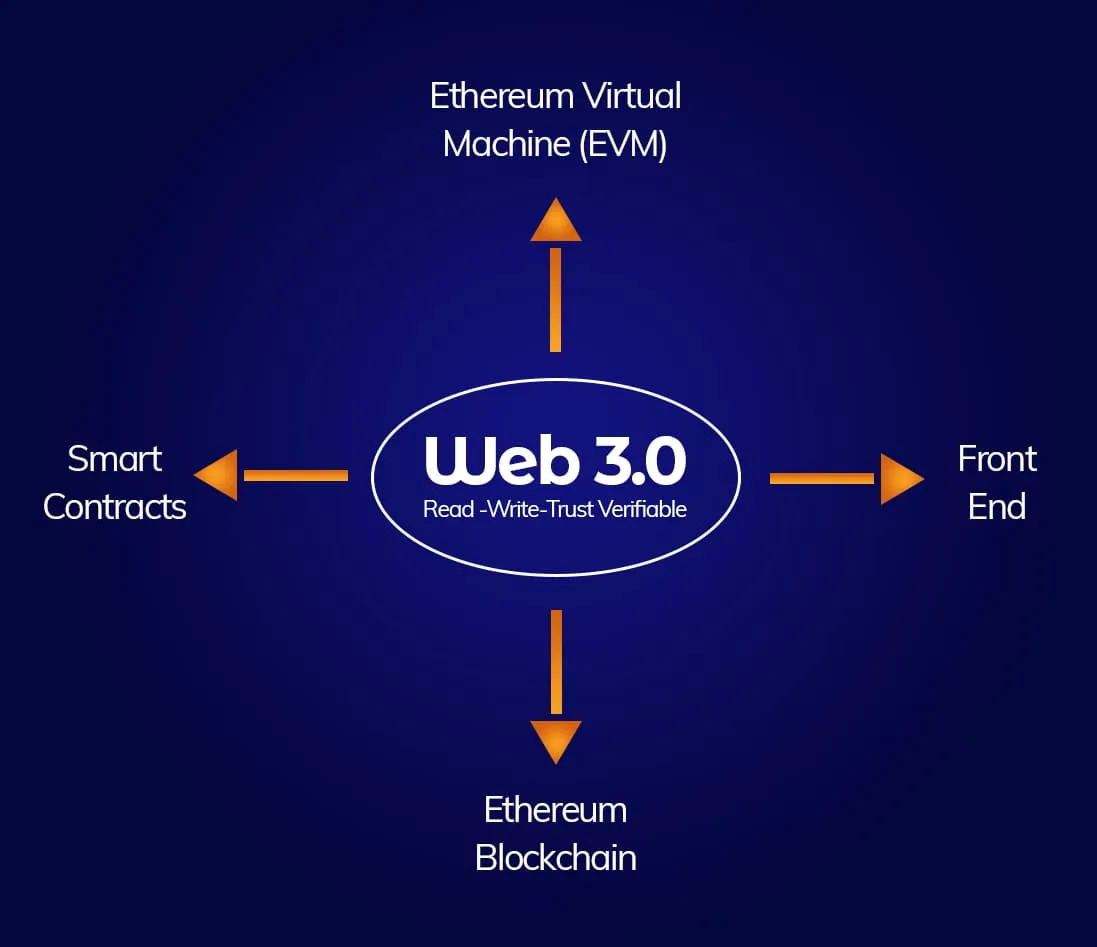
The four prime elements are as follows:-
1. Ethereum Blockchain
These are regarded as global application state machines. The charge of maintenance is given to the peer-to-peer network of nodes. Any user can access this machine to write. There isn’t a single owner of it, rather it is owned by a network collectively. Users are free to write to the Ethereum Blockchain without updating existing data.
2. Smart Contracts
App developers write such programs and run them on the Ethereum Blockchain in high-level languages like Vyper or Solidity for defining the logic behind the changes in state.
3. Ethereum Virtual Machine (EVM)
The aim behind such machines is proper execution of the logic included in the smart contracts. They process the changes in the state which takes place on the machine.
4. Front End
The UI logic is defined by the front-end like any other kind of application. It also has a connection with smarter contracts defining application logic.
Why is Web 3.0 essential for the future?
Web 3.0 is a system designed by and for users in the form of diverse creator-driven platforms.
Some of the benefits of it are:
- Less dependence on any centralized repositories
- Build trust
- Improves peer to peer connectivity
- Facilitates personalized interactions
- Al powered search assistance
- Reduced burden on intermediaries
Hence, Web 3.0 will fuel the most transparent, as well as the honest use of the users data originating from personalized different search results to different cross-platform tools and the usage of 3D graphics. This would make the web not only interactive but also immersive. Moreover, people would have full control over their privacy.


